Category: Creative Writing
-
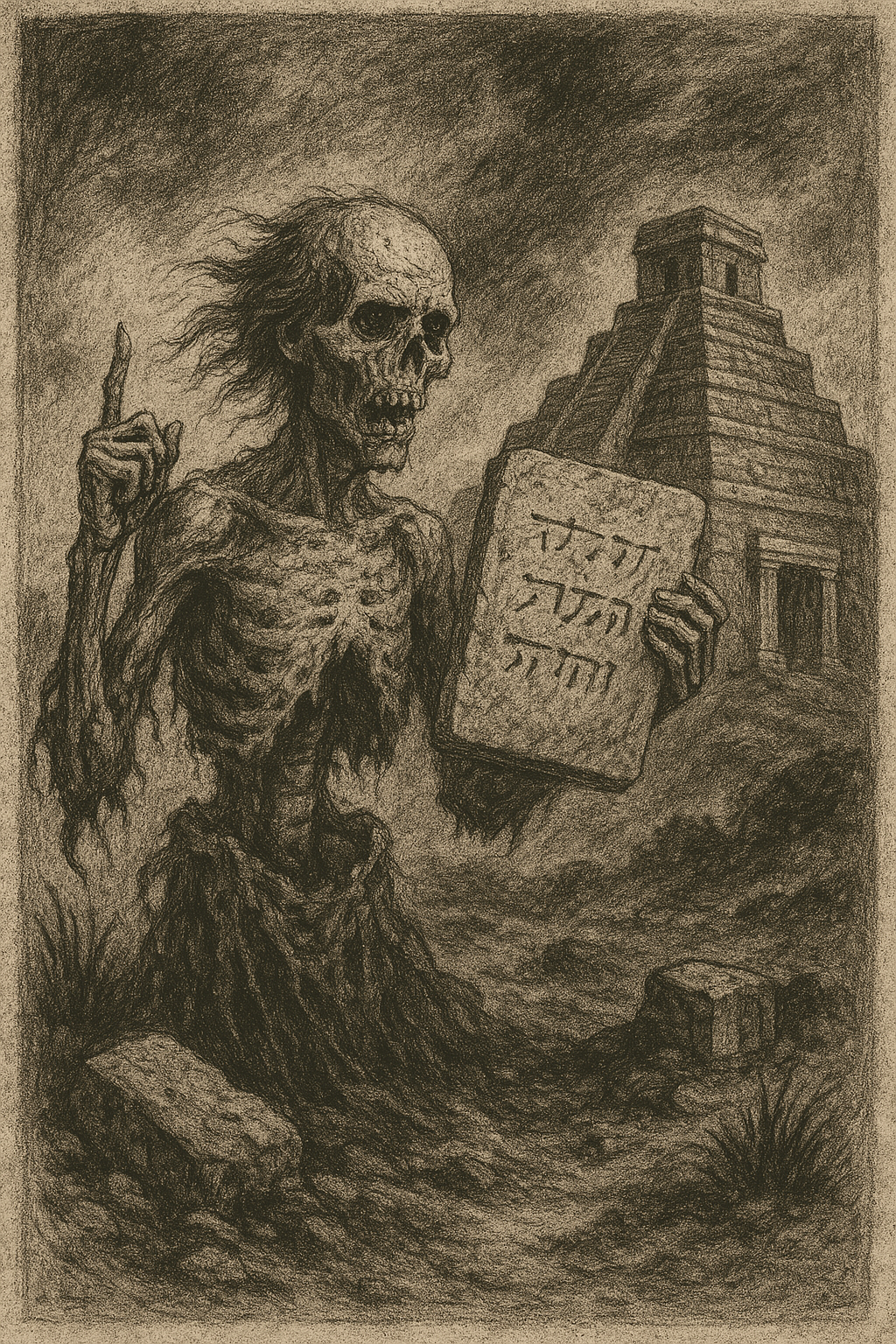
The Next Generation of AI Lit: 5-7K Word AI Mormon Horror Short Stories
First off, apologies for all the AI posts, but the big AI players do this thing where they drop their latest products right next to each other to try to steal the news cycles from each other, so AI alternates between droughts and floods. So on that note, the other big news besides the resolution…
-

Where are the Latter-day Saint Shakespeares?
“Mormon Shakespeare,” Not the greatest, but I’m too cheap to pay the $30 a month for a Midjourney membership to make it better. Occasionally you have an idea percolating in the back of your head that you intend to eventually develop and write out, only to find that somebody has already quite adequately made the…
-
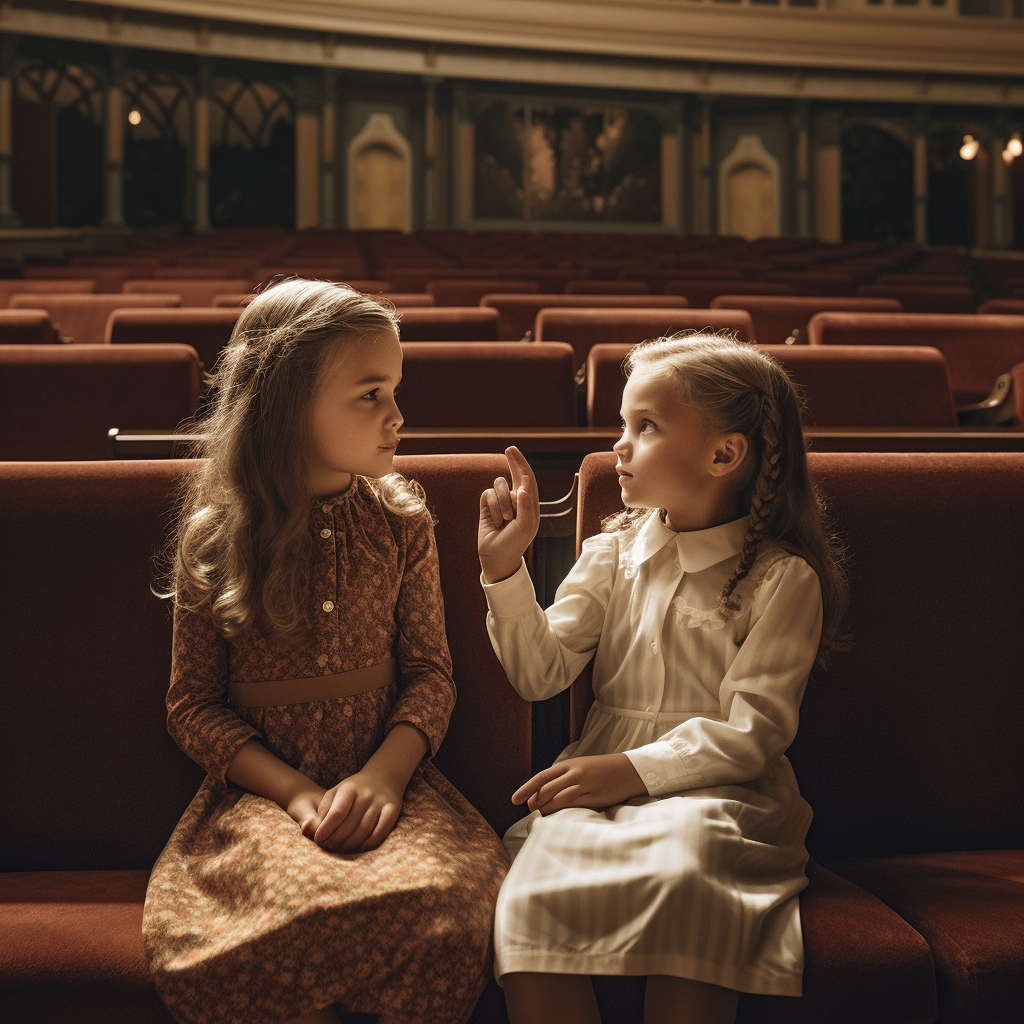
An AI-generated Mormon Short Story: The Silent Prayer
In my last post I discussed the potential role of using AIs to generate ideas for Mormon fiction, concluding that the results were mixed but there were some gems in there. In this post I will take it one step further and use AI to generate an actual short story from one of the prompts that…
-
The Princess Bride (As You Wish)
The Princess Bride’s relationship to the scriptures. Bear with me here. This is not one of those “William Goldman [the author of the book and screenwriter for the movie] was LDS” things (like “Yoda is President Kimball” or whatever from other franchises). When I first read the book (which came before the movie), it shocked…
-
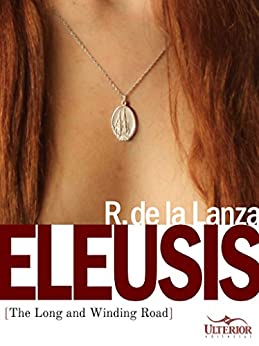
Eleusis and the Spanish-language LDS Novel
Some years ago I learned of and became fascinated with a 1976 Venezuelan LDS novel, La Puerta Azul, o Georgina Altamirano, La Venezuelana que se convirtió en Mormona. This autobiographical novel was written by the granddaughter of the “patriarch of Meridan Letters,” Tulio Febres Cordero. It also was the first long-form Latter-day Saint literary work I…
-
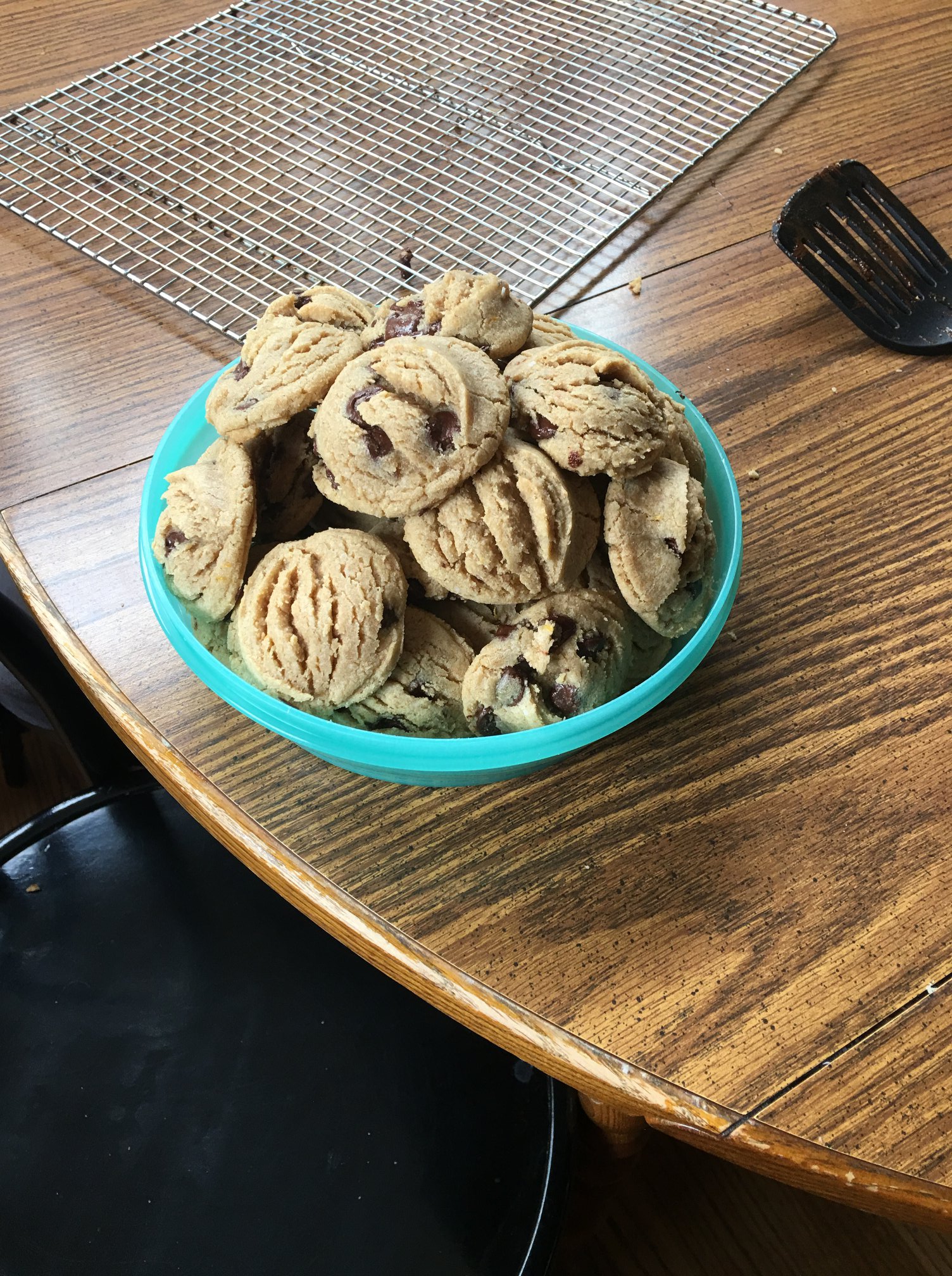
The Bread of Life, with Chocolate Chips
Today I am pleased to present a guest post from a good friend of the blog, Samuel Morris Brown. I learned to cook when my wife was recovering from cancer surgery. There’s a hollowness, kindred to cancer, hungry to swallow you up when a beloved’s life is threatened. I still remember, with a soul-deep ache,…
-
Fiction and History
I’ll give you a couple of book discussions after one short paragraph on fiction and history. Both fiction and history are a form of narrative. Historical narrative is (ideally) constrained by facts and historical evidence; both fiction and history are constrained in a looser sense by the sensibilities of their reading audience, as few people…
-
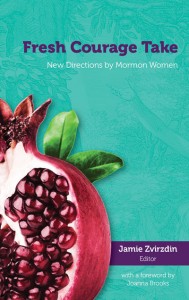
Review: Fresh Courage Take, or What It’s Like to Be a Mormon Woman
I recently read the new book Fresh Courage Take: New Directions by Mormon Women (Signature Books, 2015; publisher’s page), edited by Jamie Zvirdin with a foreward by Joanna Brooks. Twelve enlightening essays reflecting the plight, fight, and delight of being a Mormon woman circa 2015. You might ask: Not being a Mormon woman myself, who…
-
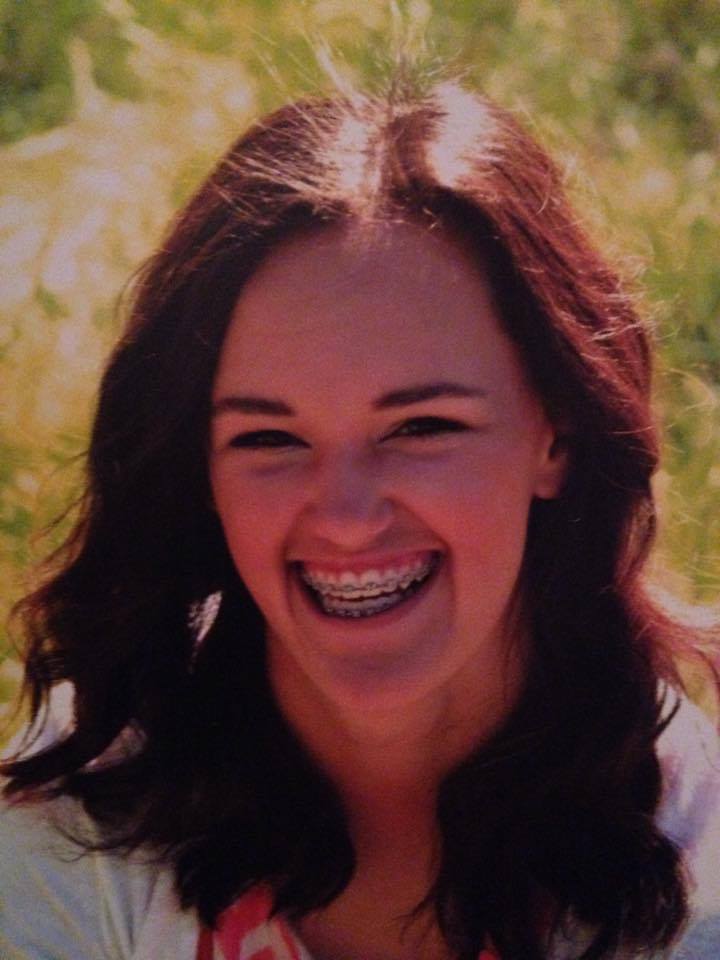
Day 2 of Gratitude
Prayers of Gratitude—Sunday, November 9 . . . was the annual Primary Program, one of my favorite Sundays of the year. Though many find this day difficult, I simply have to smile at the unpredictable entertainment, as well as the sincere belief and sincere silliness of little children. Moreover, there is the pleasure of watching…
-

Learning to Yell
You probably think the title is a joke or some nice irony or a typo. It is not. It is not even a feminist manifesto about reclaiming my “voice.” This really is a story about me re-learning to yell. I used to yell. No problem. All I needed was a slight provocation
-

4 o’clock
A few years ago, my sister handed me a lumpy white envelope for Christmas. I opened it carefully, able to feel the jumble of small parts beneath my fingertips. Inside were perhaps 30 or 40 small, dark seeds. “Um. Cool,” I said, mystified.
-
Gay : Marriage :: Mormon : Christian
A Play in One Act Heber: . . . and that’s why we should all recognize that Mormons are Christians. Aquinas: Whoa, whoa. I understand your enthusiasm. The label of Christian is really valuable. But it also has a set definition. And I don’t think Mormons are in that definition. Heber: Why not? We believe…
-

A Mother Here – New Art and Poetry Contest
There have been LDS art contests in the past, either sponsored by LDS church institutions or by private organizations, but none have yet focused on Heavenly Mother as their theme. That changed this month with the newly announced A Mother Here Art and Poetry Contest. Aiming to stimulate the visual and poetic expression of Heavenly…
-
Guest Post: The Parable of the Two Sons
My friend and neighbor has written a beautiful parable that I am pleased to share with you today. David Harding works actively in his ward and neighborhood. His daughter is my daughter’s best friend. As those of you with children know, it is a great blessing to have your offspring fall in with good people…
-

King Noah’s Blues
I could see them before I crossed Michigan Avenue into Grant Park. There were probably five of them, holding big yellow signs with blocky letters, Bible verses. It seemed out of place, fifty feet in front of the entrance to the Chicago Blues Festival, but maybe I just didn’t understand the logic behind it. I…
-
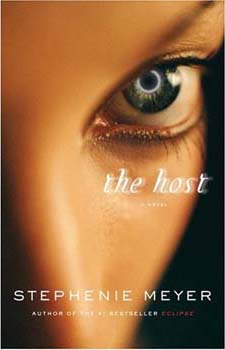
How a concussion made me think of Stephenie Meyer and Francis Hutcheson
Last semester, my first semester studying Greek, I sustained a mild concussion. I have mostly recovered now. I still have problems with bright lights that makes nighttime driving intolerable, but for the most part, I’m functioning normally. But for a few weeks there, I couldn’t think straight. It hurt to concentrate. Reading even a light…
-
Authenticity and The Book of Mormon
I know, I said a year and a half ago that I wasn’t going to see The Book of Mormon. But then it came to Chicago and, in spite of the fact that it is sold out through at least March, a friend set me up with a ticket. So I’ve now seen the show.…
-
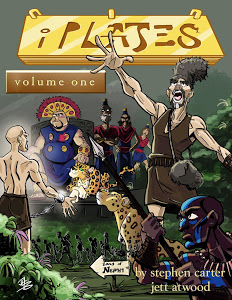
Book of Mormon Comics
I love stories. A narrative strikes me as the most fundamental way of ideas with other people. And by ideas, I mean not only the bare events of the narrative, but also abstract concepts, morals, and emotional truths. It makes sense to me that our basic scriptural texts have strong narratives. The Old Testament is…
-
MR: Exquisitely Loud and Indelibly Close
The Mormon Review vol. 4 no. 1 is presented here, with Jonathon Penny’s review of Stephen Daldry’s 2012 film Extremely Loud and Incredibly Close. By Jonathon Penny I’m late with this, as with so much in my dog-eared, half-buttoned, last minute, Subway-sandwiched, twenty-first century life. I wrote the other day, on reflection about the harried…
-
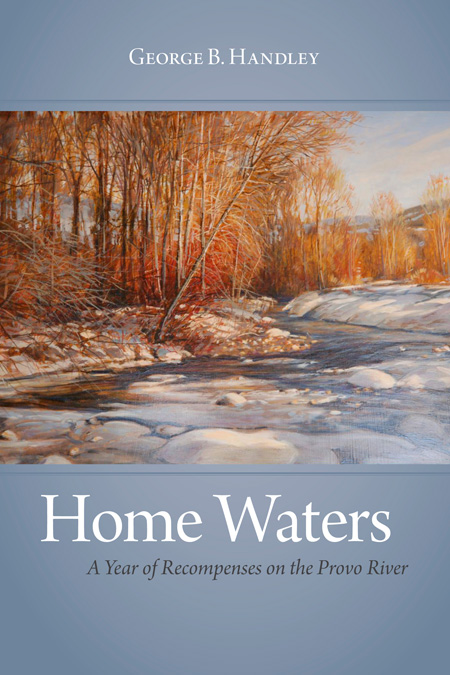
Home Waters: Overview
George Handley’s Home Waters: A Year of Recompenses on the Provo River (University of Utah Press, 2010) practices theology like a doctor practices CPR: not as secondhand theory but as a chest-cracking, lung-inflating, life-saving intervention. Home Waters models what, on my account, good theology ought to do: it is experimental, it is grounded in the…
-
Unique Outreach by the Rochester Stake
This week, the Rochester Stake in New York is sponsoring a special performance of Carol Lynn Pearson’s Facing East, to be followed by a fireside featuring a discussion led by the Rochester Stake President. Notably, the performance is being directed by Jerry Argetsinger, who was the long-time director of the Hill Cumorah Pageant throughout the…
-
Halloween Costumes and Inner Conflict
Halloween scares me. Of course, I’m scared of lots of things—poverty, cancer, rape, gang violence, Satan, etc. I thought I should admit that up front. Make of it what you will.
-
Rough Dawn Breaking
The marble skin of Joseph’s perfectly-muscled chest sparkled like diamonds in the Palmyra sun. Emma stared, captivated by the velvet tones of his voice, the intoxicating scent of his tousled bronze hair. “You should stay away from me,” he had warned her moodily. “I’m too dangerous.” But he couldn’t seem to stay away from her…
-
M Gets a Joke
A while back our household sat down to watch an episode of Monk. We like Monk because not only is it funny, it’s also sad and tender and offers good – sometimes very good – cultural satire. As I fed M she kept turning her head to look at the TV, watching whatever it is…
-
“What desirest thou?â€
Several years ago I read a delightful book on creativity, The Artist’s Way, by Julia Cameron. It was full of interesting questions: “List ten tiny changes you’d like to make for yourself.†“What would you do as a career if you had seven more lives to live?†“If I didn’t have to do it perfectly…
-
Why Joseph Went to the Woods
Joseph Smith went to the woods because he wished to know the truth of his existence.
-
Story Time!
The day before the cliff swallows return to traditional nesting sites in canyons near where I live in southern Utah, the sky hangs quiet, with only a few ravens, hawks, and eagles spiraling through. The next day, whoosh! Swallows arrive reeling in their folklorico like revelers at an unseen party spilling onto a quiet street.
-
Field Notes #4
It is the destiny of mint to be crushed. –Waverley Lewis Root June 12, 2007 Rained most of the night. Morning’s cool and sweet. Good day to venture into a canyon. Because the storm has left behind puffy white seeds that could blossom suddenly into rain, I replace my extra water bottle with a rain…
